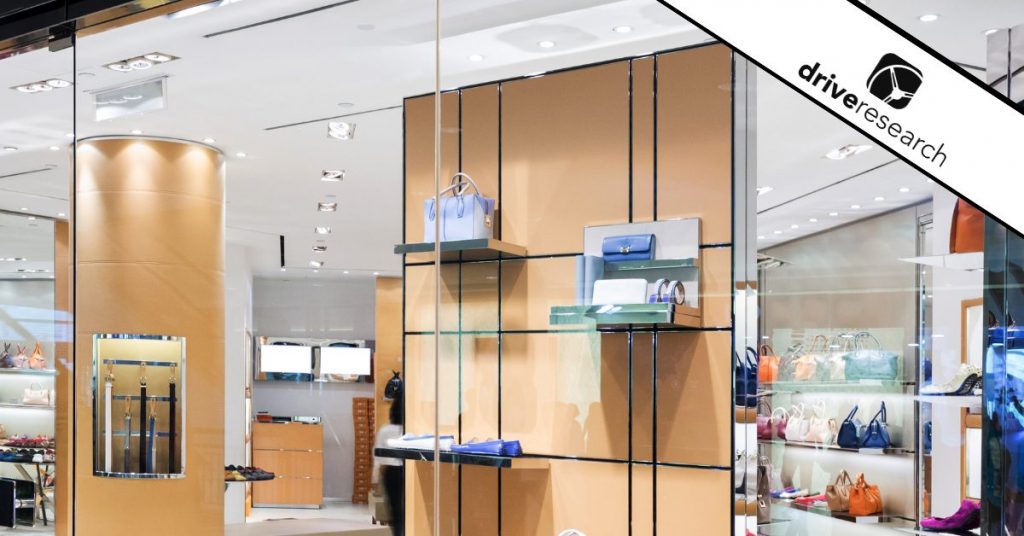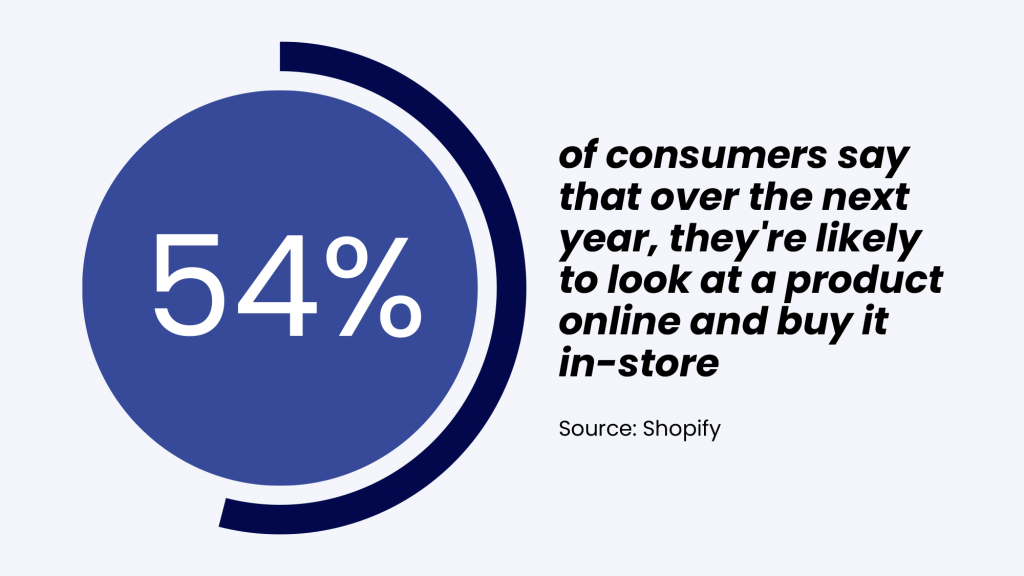
Measuring the satisfaction of customers in retail is key to the continued success of a brand.
Customer satisfaction implies that shoppers are pleased with a brand and continue to return over a period of time. This leads to both customer retention and loyalty. However, shopper satisfaction levels are bound to fluctuate. A great way to address this is through retail market research. Below, we’ll discuss customer satisfaction in retail and how it can be measured and improved.
What is Customer Satisfaction in Retail?
Customer satisfaction in retail refers to the degree to which a customer’s expectations and needs are met or exceeded by the products, services, and overall shopping experience provided by a retail business.
It encompasses various factors, including product quality, pricing, availability, customer service, store ambiance, and ease of purchase, both online and offline.
High levels of customer satisfaction are crucial for fostering customer loyalty, encouraging repeat business, and generating positive word-of-mouth, which ultimately contribute to the long-term success and profitability of a retail business.
Importance of Measuring Customer Satisfaction for Retail Stores
Consumer shopping habits are always changing and evolving. While the rise of online shopping is no secret, it may surprise you that many people still make their purchases in-store.
For instance, 54% of consumers say that over the next year, they’re likely to look at a product online and buy it in-store.

Therefore, the importance of retail stores measuring customer satisfaction at their brick-and-mortar locations is still prevalent – even with the transition to many buying products online.
This was certainly the case for our recent project. A department store wanted to assess overall store satisfaction, understand the store experience, and explore in-store reactions.
Critical measurements for the in-store retail survey included:
- Expectations
- Likes/dislikes
- Purchase expectations and habits
- Delights and pain points
How to Measure Customer Satisfaction for Retail
Thankfully, there are many routes a retail brand can take to discover insights about their customer’s satisfaction levels. The most popular way to do this is through surveys. Below, we’ll cover a few popular types of surveys to measure customer satisfaction metrics.
Customer surveys
Conducting customer surveys is an easy way to connect with shoppers. Using the shopper’s feedback, management teams can make improvements to ensure customer retention and loyalty.
These surveys will measure important details like:
- How often the shoppers frequent the retailer
- Opinion on current offerings
- Thoughts on current prices
- Overall shopping experience
- Accessibility options
Though, since these surveys are so customizable based on the needs of the retailer, questions vary.
The goal, no matter the type of retailer, is to ensure that they receive actionable data that will aid them in strategic business decisions.
Recommended Reading: Using a Third Party for Customer Surveys
In-Store Surveys
Surveys conducted inside or outside the retail store are another way to gather the feedback from shoppers in a timely manner.
These surveys are given to customers while they are physically in the shopping space, ensuring feedback is fresh. Usually, these surveys will be conducted via a tablet, or on paper.
Questions included in these are very similar to an online customer survey, but there may be less to keep it quite short.
These questions may cover topics from store cleanliness to customer support and even store layout.
With this knowledge, store owners can ensure they’re providing the best in-store experience possible.
Geofencing Surveys
Geofencing refers to the ability to create a virtual boundary that surrounds a specific location.
These geofences are created via GPS location devices or other location-based services, such as radio frequency identification.
Conducting geofencing surveys is ideal for gathering feedback from a targeted audience based on location.
For example, online survey firms can send survey notifications to people when they enter or exit a specific area–ensuring responses are relevant.
Geofencing surveys often provide increased response rates, too. This is largely due to the fact that respondents can answer with in-the-moment feedback.
Tips for Boosting Retail Customer Satisfaction
Exceptional Customer Service
Retail staff should be trained to deliver outstanding service to shoppers.
They should be friendly and knowledgeable about the items offered, which entails actively listening to the customer’s needs. This also includes being able to answer a wide range of customer inquiries.
Positive interactions with staff often leave a lasting impression on customers, and they are far more likely to return.
Personalization
Implement personalized shopping experiences whenever possible. Use customer data to tailor recommendations and promotions to individual preferences.
This can include personalized product recommendations based on past purchases or providing exclusive offers on customers’ birthdays.
Personalization shows that you value your customers as individuals and can enhance their overall shopping experience.
Efficient Operations
Minimizing wait times and streamlined operations fall under this category.
For instance, long checkout lines and even inventory issues can easily upset customers. Unsurprisingly, this has a negative effect on their satisfaction rates.
Including technologies like self-checkout and/or mobile payment options is a good way to ensure customers remain pleased with your services.
Another big one here is to make sure that inventory remains stocked and prompt orders.
Feedback Mechanisms
Encourage feedback from your customers and use it to continuously improve your services.
Provide multiple channels for customers to share their opinions, such as online surveys, suggestion boxes in-store, or feedback forms on your website.
Actively listen to customer feedback, address any concerns promptly, and make necessary improvements based on their suggestions. That’s because showing customers that you value their input can strengthen their loyalty to your brand.
Create a Pleasant In-Store Environment
Finally, pay attention to the ambiance of your retail space. A clean, organized, and visually appealing store can contribute to a positive shopping experience.
Consider factors such as lighting, music, and store layout to create a welcoming atmosphere. Additionally, offer amenities such as seating areas, refreshments, or interactive displays to enhance the overall experience for your customers.
Case Study: Retail Store Customer Satisfaction Surveys
As we discussed, in-store surveys, or enter/exit surveys, are a great tool for retail stores to measure customer satisfaction and other key performance indicators.
In this section we share the in-store survey our retail market research company conducted to measure customer satisfaction for a department chain.
The Objectives
A department store was looking to measure customer satisfaction by gathering feedback directly from customers about their shopping experiences. The goal was to identify areas where the store excels and areas where improvements can be made, ultimately aiming to enhance the overall customer experience, increase loyalty, and drive repeat business.
The Solution
To meet the objectives, in-store surveys were conducted via tablets on-site at the department store.
This type of market research is great for gathering customer data right at the moment they are shopping and interacting with other store components.
From our experience the best way to manage a team collecting surveys in-store includes hosting training sessions, finding high-traffic areas in the store, and not staying in the same spot in the store.
Additionally, a $10 Amazon gift card was provided for a completed enter and exit survey. This helps improve response rates in a shorter amount of time.
Example Retail Customer Satisfaction Questions
Each in-store retail survey we create is customized based on the unique goals and objectives defined by the client.
Here are a few example customer satisfaction survey questions for retail stores:
- What inspired your visit to [insert retail store] today?
- Which of the following are you planning to buy from/browse today?
- How would you rate your overall store experience at this store today? Select a rating. (Consider using a Likert scale rating of 1 to 5, where “1” is poor and “5” is excellent.)
- Which of the following words best describe this store?
- How does this store compare to other [insert industry] retailers? Select a rating. (Consider using a Likert scale rating of 1 to 5, where “1” is other stores are much better and “5” is this store is much better.)
- How likely are you to shop at this store again? Select a rating. (Consider using a Likert scale rating of 1 to 5, where “1” is not at all likely and “5” is very likely.)
The Results
The report is completely confidential to the department store.
It included a raw data file, online report portals with crosstabs, a full report (i.e., executive summary, data visualizations, recommendations), and a 60-minute virtual presentation.
Here’s an overview of the objectives addressed in the report:
- Reasons for visiting the store
- Awareness of promotional efforts for the store
- Planned purchase intent when entering the store
- Measuring the overall store experience
- Analyzing word associations with the store
- Measuring the effectiveness of several factors within the store
- Assessing how much shoppers purchased
- Measuring how likely shoppers were to shop again
- And more
When creating a report, it’s important to keep the original goals and objectives of the study in mind. Doing this helps ensure the report focuses on the content the client team is looking for.
Measure Customer Satisfaction with Drive Research
As consumer behaviors, attitudes, and preferences continue to evolve, it is important for retail stores to regularly measure customer satisfaction and other KPIs.
In-store retail surveys, alongside other market research methodologies, are great tools to measure satisfaction, experience, reactions, and other feedback.
Drive Research is a customer survey company specializing in retail. Our team partners with department stores, grocers, wine and spirit shops, and other retail locations to provide insights needed to grow their businesses.
To learn more about our retail market research services, contact us today.



